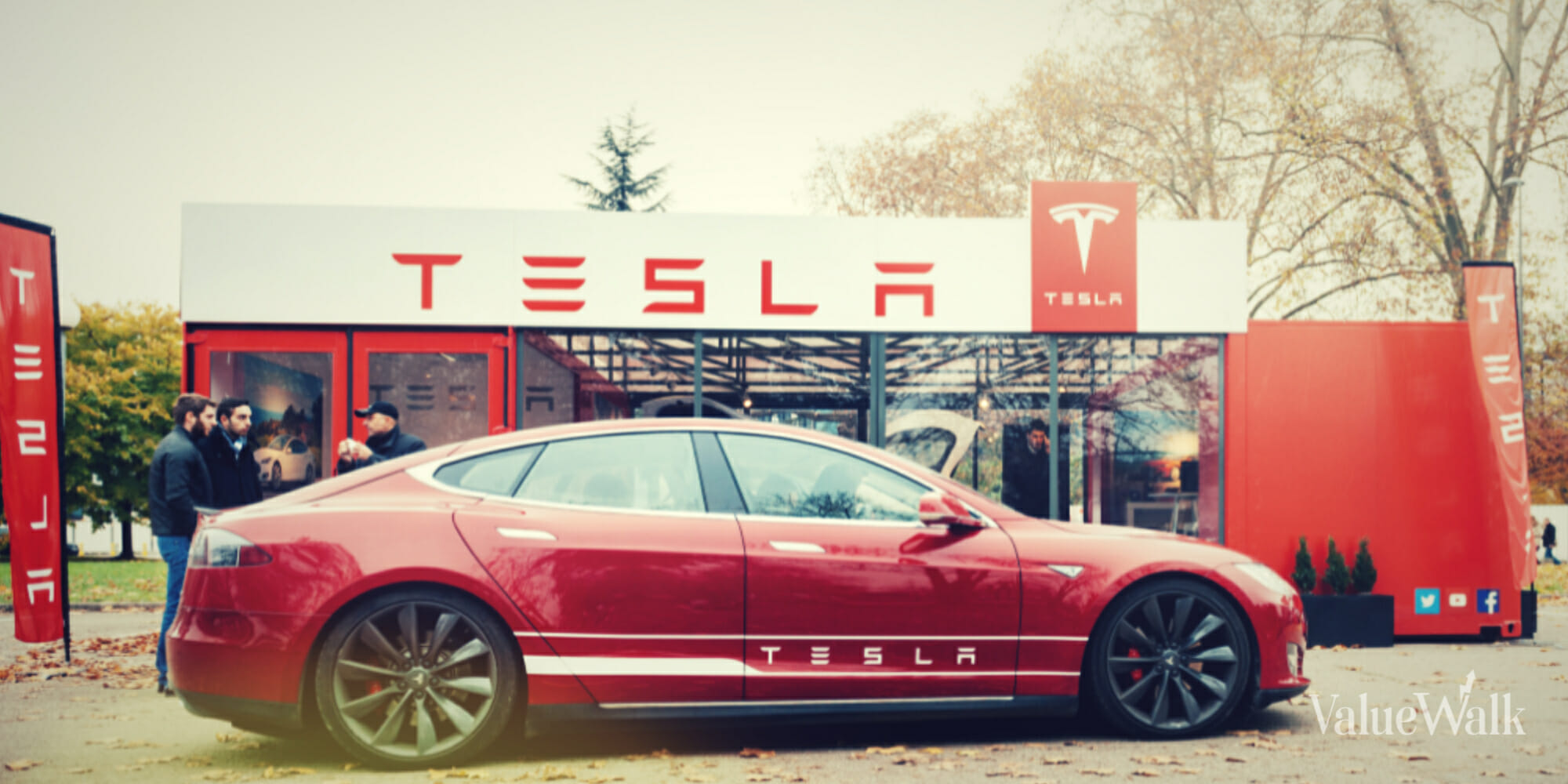Tesla is off course with widespread Q1 delivery misses

When a giant falls, it can make an incredibly loud sound. Tesla’s (NASDAQ:TSLA) first quarter delivery failure is particularly disturbing because it impacts not only the company, but the entire electric vehicle (EV) market.
The move by car buyers globally to switch to EVs has not been as quick or easy as some investors had hoped. China in particular has been a stumbling block for U.S.-based automakers as customers show a preference for domestic manufacturers like BYD (OTCMKTS:BYDDY).
Of course, Tesla CEO Elon Musk has warned that if trade barriers aren’t put in place, the China-based EV maker will “annihilate” its U.S. rivals. In fact, the demolition may already be in effect, with TSLA stock in free fall and wide-eyed investors taking the pieces.
Why is Tesla stock down today?
Tesla shares, down 5% to 6% midday Tuesday, have fallen sharply from their late-2021 high of about $400. But before anyone assumes a stock is at a huge discount, it’s important to consider the reasons for selling.
It’s not difficult to figure out the culprit. Tesla just released its first quarter vehicle production and delivery numbers, and the market isn’t happy with them.
Let me first acknowledge the positive news. In the first quarter of 2024, Tesla produced 433,371 vehicles and delivered 386,810 vehicles. So Tesla’s delivery to production ratio is 386,810/433,371, or about 89%, which isn’t bad at all.
This was all the good news I could dig up, and it took some mental discipline to get there. It’s hard to find anything encouraging in Tesla’s quarterly operating reports other than its delivery-to-production ratio.
Unfortunately for the company and its shareholders, these 386,810 deliveries fell well short of the 449,080 deliveries agreed by analysts. These results also represent a significant decline compared to the 484,000 vehicles Tesla delivered in the previous quarter.
Moreover, Tesla’s production of 433,371 vehicles did not match the consensus forecast of 452,976 vehicles. In other words, even though Musk prepared investors for a difficult quarter, the actual results revealed serious problems going on inside Tesla.
It’s clear that Tesla and Musk understood how bad their quarterly operating results were. The automaker offered an excuse or two, blaming “the early stages of production of the updated Model 3 at our Fremont plant and the diversion of deliveries due to the Red Sea conflict and the plant closure due to the arson attack at our Berlin Gigafactory.”
However, the market is not in a mood to tolerate excuses. Tesla’s status as a member of the Magnificent Seven was already precarious, and now it looks like a giant in decline.
Tesla’s ‘unmitigated disaster’
It’s also worth mentioning that Tesla appears to rely heavily on relatively inexpensive vehicles. In the first quarter, the company produced 412,376 units and delivered 369,783 Model 3s and Model Ys combined. In contrast, Tesla produced only 20,995 units of its “Other Models,” a category that includes the pricier Cybertruck, Model S and Model X, and delivered 17,027 units.
If Tesla can’t easily sell its higher-priced models, that wouldn’t be a good sign for the EV industry in general. If consumers turn to cheaper models, either out of preference or necessity, that could be problematic for the margins of automakers like Tesla.
In the end, Tesla’s latest operating report marks an unfortunate change of direction for a company that once seemed invincible. In fact, the first quarter marked Tesla’s first quarterly decline in EV supply in nearly four years. Therefore, investors may get the impression that Musk’s price-cutting strategy is not working as intended.
For one Wall Street expert at least, the report clearly casts a dark cloud over Tesla.
“We expected a bad first quarter, but this was a first quarter of complete disaster that is difficult to explain,” Wedbush analyst Dan Ives wrote in a note.
The quarterly data points mentioned earlier seem to confirm Ives’ consternation. Wedbush analysts don’t sound particularly optimistic about Tesla’s ability to reverse the damage going forward.
“We see this as a critical moment in the Tesla story, with Musk turning things around and turning around first quarter results. Otherwise, darker days could clearly lie ahead that could derail the long-term Tesla story.”
Calling the Q1 2024 operating report a “key moment” for Tesla may be overly dramatic. Automakers have good quarters and bad quarters, and Tesla was in the doghouse in 2022 before its stock price rose in 2023.
Nonetheless, to quote a classic TV show: i love lucy, Tesla and Musk have an “explanation” to give. Until automakers demonstrate recovery prospects with more favorable data points, investors should consider pursuing more promising opportunities.



